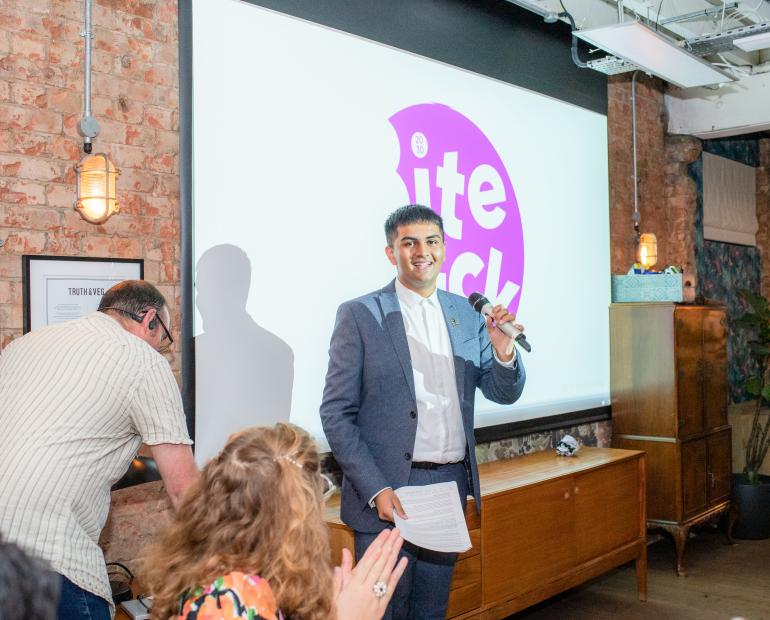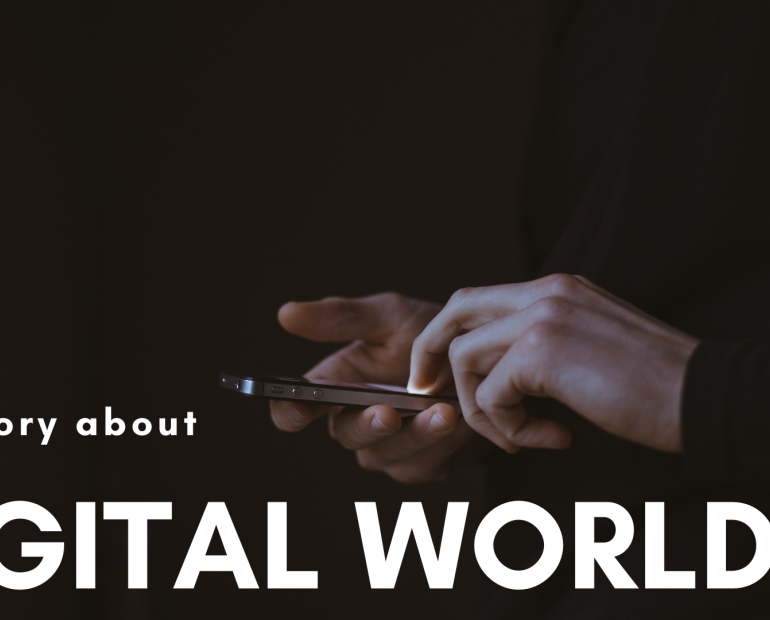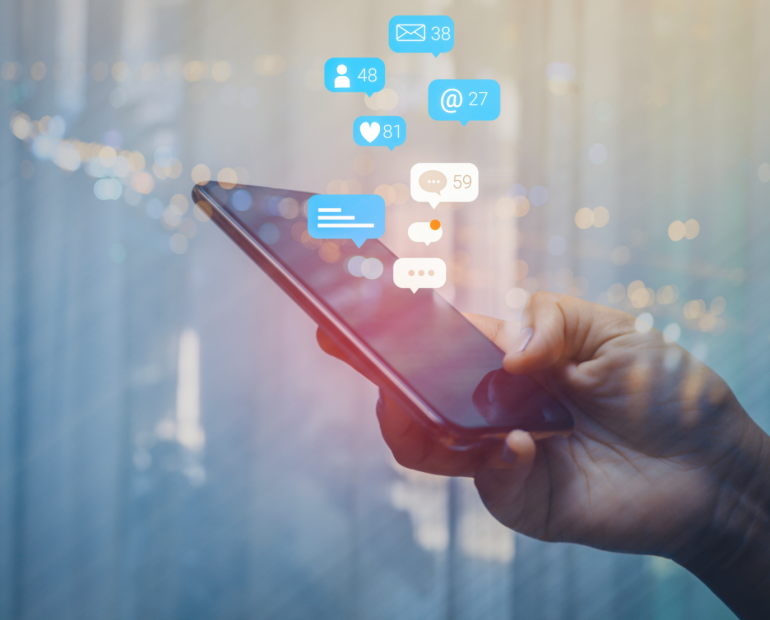
I was 13 years old when my history teacher showed me and my classmates the video taken during the Santa Cruz Massacre in Timor-Leste, just 23 years prior. She told us that it was because of that video that the whole world knew what was happening in Timor and pressured countries to help Timor-Leste become an independent country. As I went home that day, with those images in my mind, I asked my parents why they decided to move from Brazil (our home country) to a torn apart nation. Surprisingly, they told me it was because 23 years ago, they saw that exact same footage.
This has stuck with me since then: how a single video, brought the whole world together to help a tiny resilient nation wanting independence. This happened three decades ago, and today, more than ever, we can see how connected we are to the various parts of the planet.
COVID-19 Pandemic Reveals the Great Digital Divide
As the COVID-19 pandemic started and borders closed, in Timor we initially felt somewhat safe as the only few cases came from abroad and were tightly controlled. Unfortunately, this situation drastically changed within the span of a few days. Schools closed and turned remote.
When I heard that schools would close, my first thought was that this could only last a few weeks, as most children would be discouraged to study at home and/or would have to help with farm/house chores. While digital learning gave a ray of hope to many students around the world, it didn’t mean a lot to students in Timor. According to the International Communication Union, only 25% of Timorese used the internet, compared to a global average of 46% and Asia/Pacific average of 41.5%. Furthermore, Timor-Leste is one of the few countries without a fiber optic connection and the average internet speed was calculated to be 25 times slower than other Asia and Pacific countries.
Many students struggled and I had first hand experience at home, watching my 7 year old brother starting his remote school. His teacher was abroad and would send daily activities for him to do, through WhatsApp. He then had to download the lessons and print out activities he needed to go through. Needless to say, this did not turnout to be the most effective learning method.
Turning digital
In addition, I also had a front row seat to the country’s response to the pandemic, as I was volunteering with UNICEF and the Ministry of Education at the time. Soon, several educational TV shows were broadcast on the national television and made available on YouTube and other online platforms. There was also a children’s radio program which would host stories and educational content, and even a weekly SMS delivery with “homework” for children and teens.
However, the most challenging project was finding the right digital platform. We had to find a platform which would be available to all students, would be cost-efficient for parents, and teachers would know how to use it. After several weeks the decision was made. The Ministry of Education opted for UNICEF’s Learning Passport platform. Still, our work did not end there. We had to digitalize and upload the entire national curricula to the platform, make sure students can download it, train teachers, adapt it to the context etc.
The process wasn’t easy, but it was worth it. Especially, when I saw my little brother mastering his way through the platform, calling his teacher on zoom, answering texts, downloading videos lessons, learning through games, and even searching for answers on google. The most incredible thing was that he was only one of the many. Children have the incredible advantage that we sometimes lose as we grow up: CURIOSITY!
Connecting the unconnected!
Pretty soon, I experienced online classes myself as in 2020, I became a university student. Along with the usual jitters came the worry of starting classes online, since I was not able to travel to my university. However, as digital learning became the new normal, more and more schools and universities opened their classes for students all over the world.
This allowed me to simultaneously take classes at universities in both Brazil and Portugal. In classes, I met people that I would’ve never met and made friends with 12+ hours of difference in time zones.
The teachers understood the difficulties students had. They recorded classes and made their presentations available online. Sharing information and answering questions without the barrier student-professor made the whole difference in the classes dynamic. Moreover, students had huge online groups, where we could exchange class-notes and jokes, of course! The integration process was different but nonetheless effective. As classes continued, I became more and more comfortable using a computer and digital platforms. An asset I know I didn’t acquire at school but has become very important for students in this age.
The pandemic closed borders, and it shed a light to the fact that there are still many students that are unconnected to the world. They should not be left behind. The pandemic showed that students just need the right tools to satisfy their curiosity. And CURIOSITY is the door to knowledge. Connecting the unconnected might seem to be a daunting task, but 2020 showed it is possible. I have seen a portion of the power of digital learning in Timor-Leste, where many organizations and the government helped students continue learning safely at home. This happened in a country that had all the odds against it. Now, I can’t wait to see where digital learning will lead us next!









